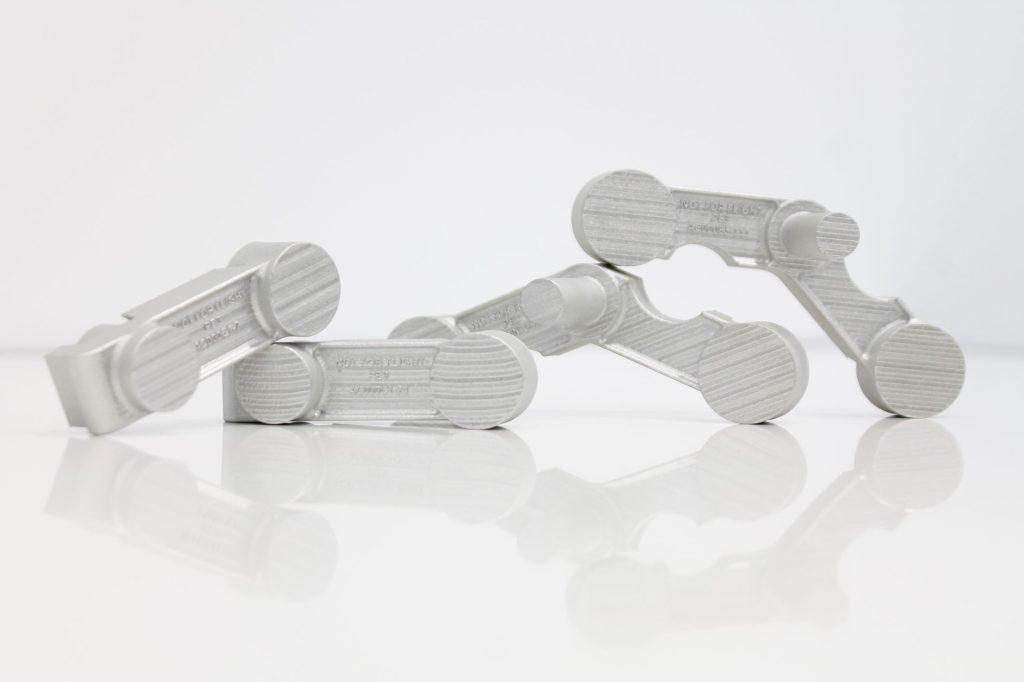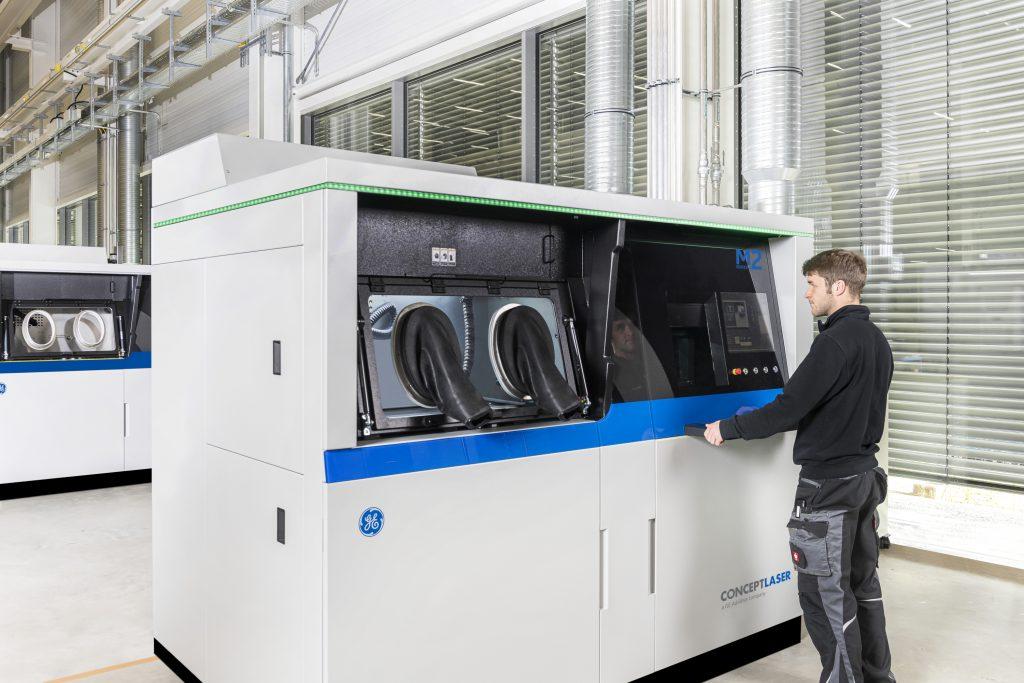China3D printingThe U.S. Air Force and aerospace manufacturer GE have announced the latest milestone in their “Pacer Edge” 3D printing project.
The Pathfinder program aims to solve the Air Force’s sustainment problem by integrating metal additive manufacturing into its production workflow, offering a new way to procure discontinued parts.
The third phase of the Pacer Edge program is underway, with partners 3D printing four metal components that are now obsolete: cranks, spider arms, transmission mounts, and anti-icing valve bodies. In November 2021, the crank and spider arms were 3D printed in cobalt chrome on an M2 Series 5 system at GE Additive’s Cincinnati facility.The transmission seat and anti-icing valve body are also now3D printing.
“The Pacer Edge represents an important step forward in innovative collaboration with industry,” said John Snedon, Director of Air Force Propulsion. Through this program, our enterprise teams will provide safe and timely propulsion readiness to support the U.S. warfighter .”

A set of cross-axis arms 3D printed in cobalt-chromium alloy. Image via GE Additive.
Use Pacer Edge to Make Obsolete Parts
The Air Force’s Rapid Sustainment Office (RSO) is responsible for ensuring mission readiness at all times. However, as more aircraft in the Air Force fleet enter their sixth decade of service and beyond, it becomes increasingly difficult to source and produce spare parts using traditional manufacturing methods.
Aircraft engine components are considered “cold start” if purchased for more than 300 days. According to GE, it is estimated that the Air Force faces more than 800 cold-start parts each year.
To solve this problem, GE and the Air Force conceived the Pacer Edge program, which aims to use 3D printing to procure obsolete parts. The first task of the program was to create a digital 3D technical data package (TDP) for four hard-to-procure cold-start parts. These TDPs are now used to 3D print these four parts.
“The collaboration between GE and the U.S. Air Force legitimizes the use of additive manufacturing to address critical needs for aging aircraft that are not currently supported in existing supply chains,” said Zack Miller, Director of the Air Force RSO’s Advanced Manufacturing Program Office.

Concept Laser M2 Series 5 Metal printing system. Photo via GE Additive.
Next Steps for Pacer Edge
Going forward, GE and the Air Force plan to develop at least five TDPs over the next few years, each of which increases technical complexity. The final phase of Pacer Edge will build a comprehensive metal 3D printing infrastructure for the Air Force. This will initially be implemented at Tinker Air Force Base in Oklahoma to help bypass the excessive lead times currently experienced by the foundry and forging sector.
By equipping Tinker with their own additive manufacturing production chain, project partners can ensure that any IP developed in the Pacer Edge program will be owned by the US government. As a result, the Department of Defense will be able to 3D print Pacer Edge parts on its own in the future without the help of GE.
Beth Dittmer, Director of Propulsion Integration at Tinker, added: “Pacer Edge is accelerating the widespread adoption of 3D metal printing in the U.S. Air Force to organically address supply chain shortages and achieve its goal of improving warfighter support through dramatically reduced lead times and increased procurement. Commitment. Options.”

Tinker Air Force Base.
(responsible editor: admin)


0 Comments for “GE and U.S. Air Force advance PACER EDGE program to 3D print obsolete parts”